
The year 2016 has been a wild one for the comics industry. Financially, there’s been a bit of panic: According to analyst John Jackson Miller, sales are down compared to this time last year across a wide array of indicators, from units sold to dollars made. But creatively, there’s cause for excitement. DC Comics, suffering under eternal rival Marvel’s market dominance, has launched an ambitious quasi-reboot called “Rebirth”; Marvel has followed 2015’s lucrative “Secret Wars” event with an array of intriguing new titles; and independent publishers are cranking out high-quality product across the board. Here’s a list of great stuff from the year so far, in no particular order.
But first, some nitpicky rules: This is a list of bound volumes, which can mean anything from self-contained graphic novels to compilations of previously serialized issues. As such, the volumes can contain material initially published in the past, but we’re eschewing anything collecting very old stories (sorry, The Complete Peanuts), as well as reprints of existing volumes (like the reissue of Leanne Shapton’s masterful Was She Pretty?). However, because these have to be bound volumes, there are plenty of great monthly series on the stands right now that we’re not including because they haven’t yet been compiled (for example: apologies to Valiant’s 4001 A.D. and Marvel’s Vision, both of which you should absolutely be reading). We’re also limiting ourselves to North American comics. Okay, enough with the rules; let’s get to the books.
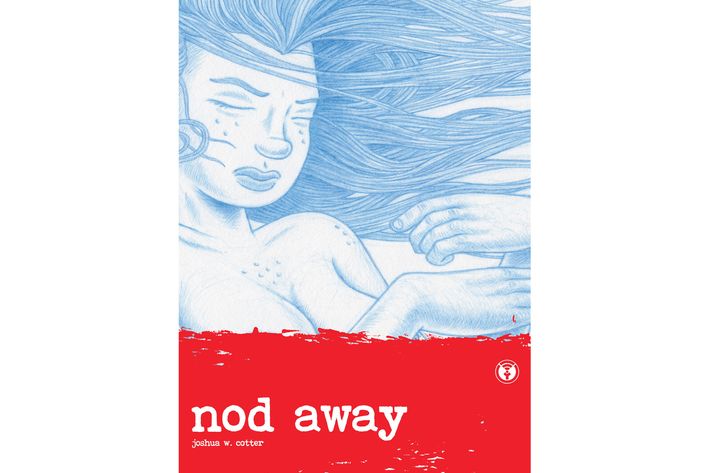
Nod Away, by Joshua Cotter (Fantagraphics)
In the first few pages of Nod Away, a staccato procession of words appears in a series of circles dribbling down the page: “Limit / the / bane / of / all / sentenced / to / bear / the / burden / of / sentience.” That unsettlingly disjointed sentence fragment is a decent summation of the message of the story. It’s hard to describe what, exactly, happens in Nod Away, but it has something to do with a worldwide, telepathic, “mental peer-to-peer file-sharing” network; an attempt to cross into another dimension to stave off overpopulation; a man wandering through a barren landscape; and a woman sent to a space station to soothe a mysterious child. There are echoes of 2001: A Space Odyssey, but the biggest similarity to Kubrick lies in Cotter’s understanding that there is nothing more terrifying than experiencing something that lies beyond the limits of your comprehension. There is no catharsis or happy ending in Nod Away, only a nightmare-inducing set of sci-fi vignettes drawn in chilling chiaroscuro.
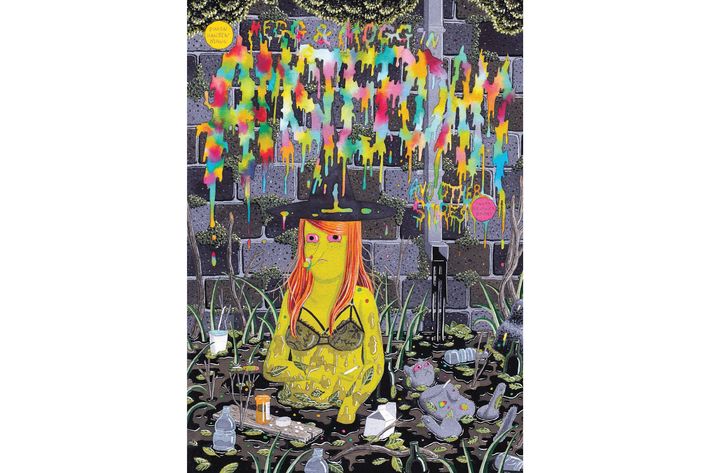
Megg and Mogg in Amsterdam and Other Stories, by Simon Hanselmann (Fantagraphics)
In 2014, Simon Hanselmann dominated best-of lists with his dynamite collection of grimy, drug-hazed, bleakly hilarious comic strips, Megahex. Megg and Mogg in Amsterdam and Other Stories is, for the most part, just more of the same — which is to say, it’s wonderful. We return to the exploits of chronic fuck-ups Megg (a depressed witch), Mogg (her dead-ender cat boyfriend), Werewolf Jones (hedonism incarnate), and Owl (a decent dude who really needs to stop hanging out with these people). The art is appropriately primitivist but always evocative, and Hanselmann has a terrific ear for dialogue. It’s rare to see such a frank and unremitting depiction of depression and codependence, and if you can get used to the hellscape that is these folks’ lives, you’ll be surprised to see how empathetic the storytelling is.
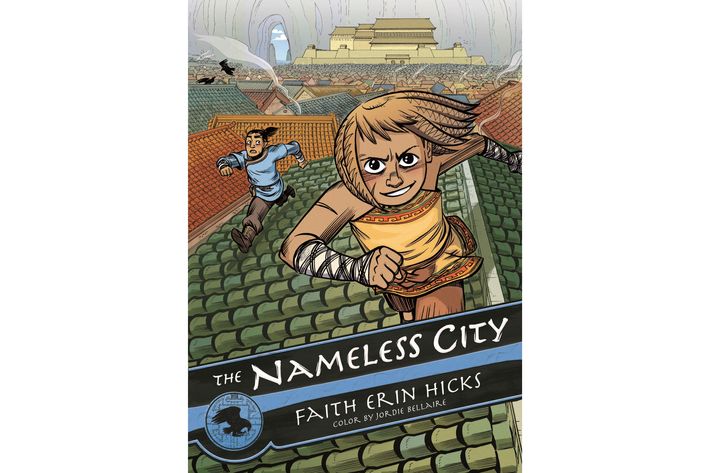
The Nameless City, by Faith Erin Hicks and Jordie Bellaire (First Second)
Faith Erin Hicks and Jordie Bellaire’s latest is as good a young-adult graphic novel as the market has seen in years. The Nameless City drops the reader into a teeming burg located in a vaguely defined pastiche of the Chinese past and builds a visual world that, in the tight confines of its undersized pages, feels overwhelmingly expansive. The story isn’t revolutionary, but the setting and characterization are gripping: We follow a lad brought to the titular city by his father — an official in the imperial government that dominates it — and watch him befriend a local girl named Rat. Their adventures in this multiethnic, polyglot society will thrill readers of any age.
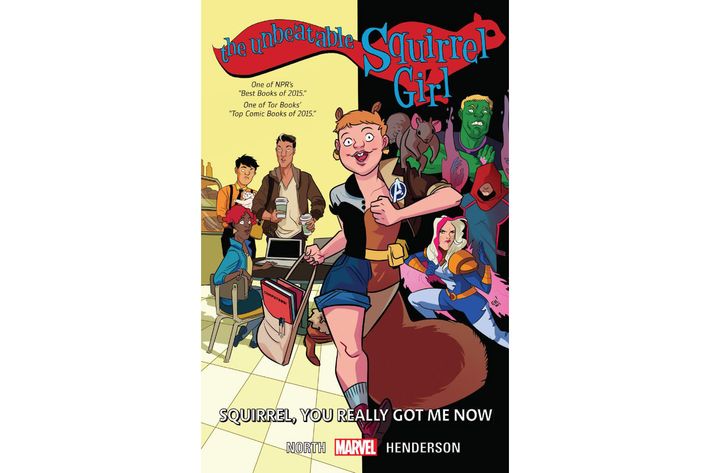
The Unbeatable Squirrel Girl, Vol. 3, by Ryan North, Erica Henderson, and Rico Renzi (Marvel)
As the price of individual superhero comics has climbed while page counts have remained the same, it’s been increasingly hard to get sufficient bang for your buck. Luckily, Marvel’s delightfully inventive The Unbeatable Squirrel Girl is packed with jokes, action, characterization, bottom-of-the-page meta-commentary, and even fake Twitter conversations between the protagonists. The pitch for the series is as weird as it is simple: Squirrel Girl is a superhero who has some of the powers of a squirrel (mainly meaning she can talk to squirrels and has a big, furry tail), and we watch her eat nuts and kick butts. Erica Henderson’s pencils in this volume’s stories are distinctive and dynamic, whether we’re watching S.G. battle Doctor Doom or just chill with her friends Koi Boi and Chipmunk Hunk. The stories may be light, but they’re dense with new ideas and quality gags.
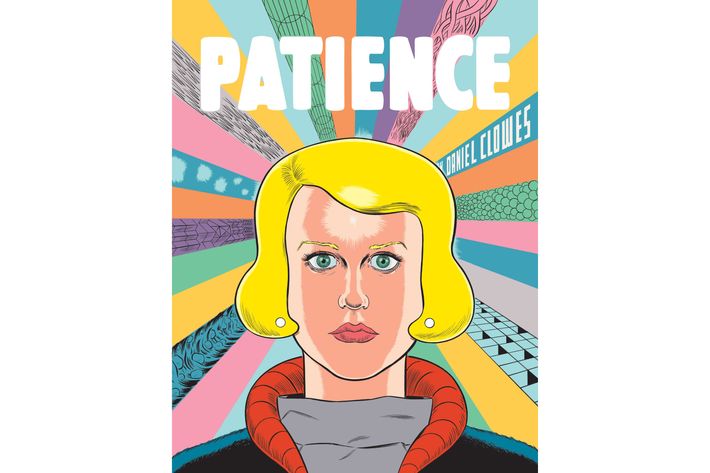
Patience, by Daniel Clowes (Fantagraphics)
A master returns, and he doesn’t disappoint. Daniel Clowes has been putting out industry-leading comics for three decades, and while his latest tale doesn’t quite reach the stratospheric storytelling heights of Ghost World, it’s easily his most visually stunning work to date. As we travel through time with the protagonist, we get to see Clowes put forth loopy, futuristic, cosmic insanity inspired by mid-century titans like Jack Kirby and Steve Ditko. The format, wherein the pages are longer than they are tall, provides a widescreen effect that can turn a moment as tiny as a stroll down the street into something gasp-inducing. And if you, like Clowes, have a hunger for flinty men and disaffected women, you’ll be more than sated by book’s end.
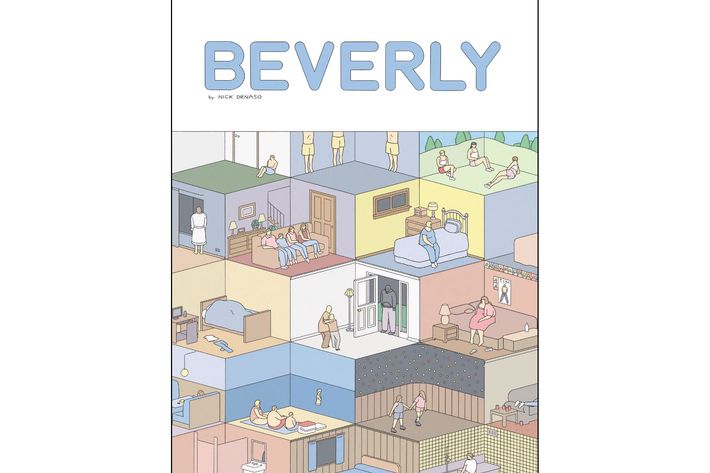
Beverly, by Nick Drnaso (Drawn + Quarterly)
Tales about the secret lives of suburbanites can easily become pat condemnations of homogenized culture and small-minded xenophobia, but Beverly wisely avoids all that. In it, Nick Drnaso offers up a series of lightly interconnected short stories, mostly about people from an unnamed town in Illinois. It has its fair share of passive-aggressive confrontations and dark fantasies, but overall, the book feels like a love letter to flatland beauty and bone-deep bonding. The clean lines and strip-mall landscapes invite obvious comparisons to Chris Ware and the slice-of-life minutiae recall Adrian Tomine, but that’s good company to be in. Drnaso’s art and dialogue bring out the joy of quiet observation and everyday tenderness.

Paper Girls, Vol. 1, by Brian K. Vaughan, Cliff Chiang, and Matt Wilson (Image)
A decade and a half after writer Brian K. Vaughan became a star with the debut of Y: The Last Man, he’s at the height of his powers. He actually has two other books that could easily be on this list — We Stand on Guard and the latest volume of Saga — but Paper Girls is the most exciting of the three. In it, Vaughan and artists Cliff Chiang and Matt Wilson present us with a group of tween girls in 1988 who abruptly find their Ohio town thrown into Dali-esque paranormal chaos. Their panicked journey down the rabbit hole is filled with Vaughan’s trademark big ideas and chapter-ending twists, but Chiang’s deft characterization and Wilson’s surreal colors make the story as strange as it is human.

Boy’s Club, by Matt Furie (Fantagraphics)
Let’s get one thing out of the way before we go any further: Yes, Boy’s Club is the comics series that inadvertently introduced ubiquitous internet meme Pepe the Frog. But it’s a damn shame that Furie’s been defined by a few out-of-context panels yanked onto 4chan and appropriated without credit by the likes of Nicki Minaj and Donald Trump. The comic strips from which Pepe emerged have finally been compiled in a single book, and it’s redolent with skeezy magic. The famed amphibian is just one of four post-adolescent male roommates who populate these pages, filling up their apartment with dank weed, greasy shits, and oddly tender affection for one another. Boy’s Club is an ode to the id, but it also contains a kind of sadness that only comes when you look from afar at gleeful guys who will one day have to pay the price for their hedonism. However, that reckoning is far off for Pepe, Brett, Andy, and Landwolf, and it’s a delight to enjoy their ride while it lasts.
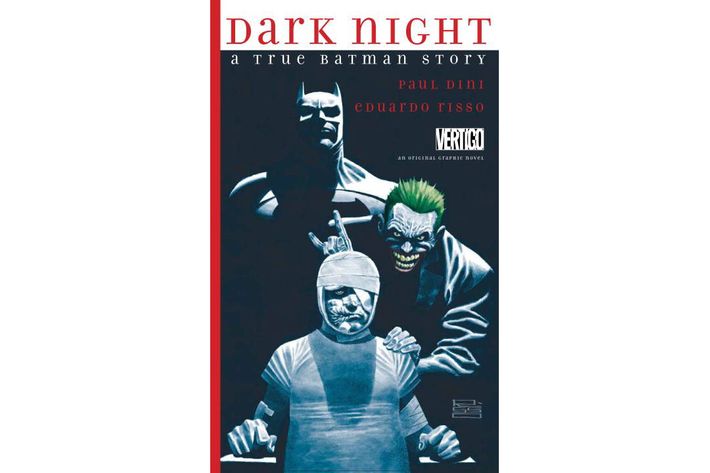
Dark Night: A True Batman Story, by Paul Dini and Eduardo Risso (DC)
Anyone who grew up watching Batman: The Animated Series can tell you it was surprisingly dark for a children’s show — but none of us knew how dark things were for one of its principal creators. In this memoir, that man, Paul Dini, recounts the depression, alcoholism, and self-harm he endured during the height of the cartoon’s popularity, and Eduardo Risso provides brutally evocative artwork to accompany it. But Dark Night isn’t a woe-is-me downer. It’s a wise exploration of the ways we let emotional blind spots grow until they keep us from seeing what’s right in front of our eyes. Batman and the Joker make regular cameos in Dini’s visions, and their presence doesn’t feel like a cheap gag — it’s a device that allows Dini to talk about the ways people use fiction (especially superhero fiction) to heal and grow.
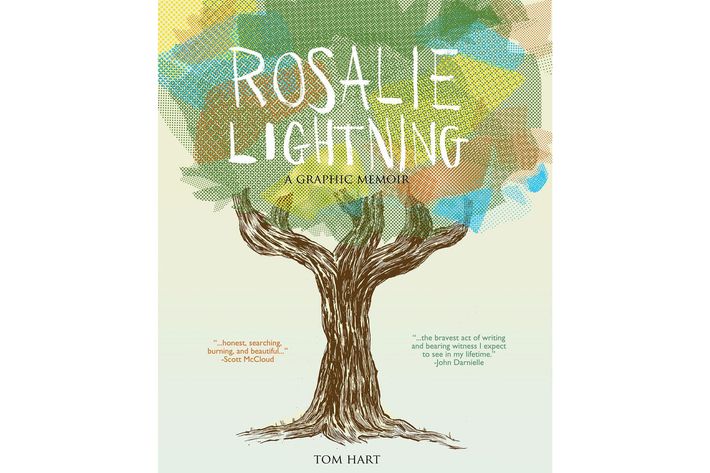
Rosalie Lightning: A Graphic Memoir, by Tom Hart (St. Martin’s Press)
Any memoir about a dead child is going to be brutal, and although Rosalie Lightning is no exception, there is immense joy to be found in its craft and insight. With this book, Tom Hart instantly elevates himself to the company of fellow graphic-memoirist Alison Bechdel as he interrogates the prelude and postscript of his daughter’s death with excruciating precision. “I guess there are no shortcuts to the most important messages,” a character says about midway through, and it’s true that the story feels like a familiar via dolorosa. But although there are few narrative innovations here, the reader is in the hands of an expert storyteller and the details make the story compelling: an observation that Rosalie died before she could understand what a corn maze is; a strange dream Tom has about James Bond; the scribbled inks of a panel depicting an ambulance ride, and so on. Meditation is a recurring motif in the book, and the book is its own unforgettable meditation.

Providence, Act 1 by Alan Moore, Jacen Burrows, and Juan Rodriguez (Avatar)
We kinda take Alan Moore for granted these days. He wrote his canonical works — Watchmen, From Hell, Swamp Thing — decades ago and he’s retreated into curmudgeonly seclusion in recent years, so it’s easy to forget that he’s still capable of unparalleled verve and innovation. Oh, and terror. In Providence, Moore enlists artist Jacen Burrows to re-explore the world they made in The Courtyard and Neonomicon, which is to say a world where horror legend H.P. Lovecraft’s mythology is real. Providence far surpasses those two previous works (especially Neonomicon, which has some of the most unforgivably gratuitous rape scenes to ever grace the printed page) by telling the story of a New York writer traveling through New England in 1919. Along the way, he encounters characters and creatures from the Lovecraft corpus and lives the life of a queer man in an intolerant age, all while keeping copious notes in a diary that populates each chapter’s back-matter. But despite the Lovecraft-worship, the comic never feels like a stale tribute to a long-dead author. It’s more like an opportunity for one narrative master to build on the work of another, creating a strange and horrifying new synthesis.
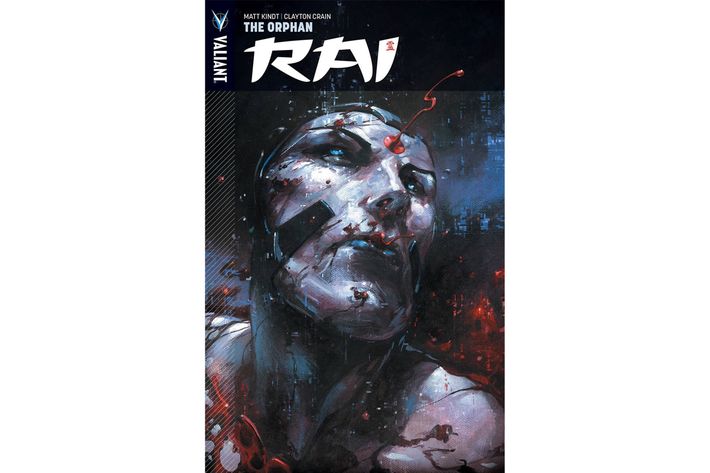
Rai, Vol. 3, by Matt Kindt and Clayton Crain (Valiant)
It’s frustrating how little attention is paid to Valiant. The company rose from the dead a few years ago and has been putting out some of the most dependably entertaining superhero fiction on the market ever since. But the company’s best series, Rai, doesn’t feel like a traditional superhero narrative at all. It’s a fantastic and visually arresting cyberpunk epic (and aren’t we long past due for a cyberpunk revival?) about a sentient 41st-century machine named Rai, tasked with protecting a space station the size of Japan (because it is Japan, launched into the sky long ago). By the time this latest volume starts, Rai has been banished to the Earth’s surface and his companions — a clever woman named Lula and an eye-patch-wearing adventurer named Spylocke — have to figure out how to continue Rai’s failed revolution against New Japan’s totalitarian overlord, Father. That’s a lot to take in, but that’s kind of the point. Much of Rai’s glory lies in its tendency toward sensory overload (especially in the form of Crain’s jaw-dropping visual style), but Kindt’s well-observed characters keep the whole endeavor from spinning off into total sci-fi gobbledygook. Rai is a wild ride, and more people should be hopping onto it.
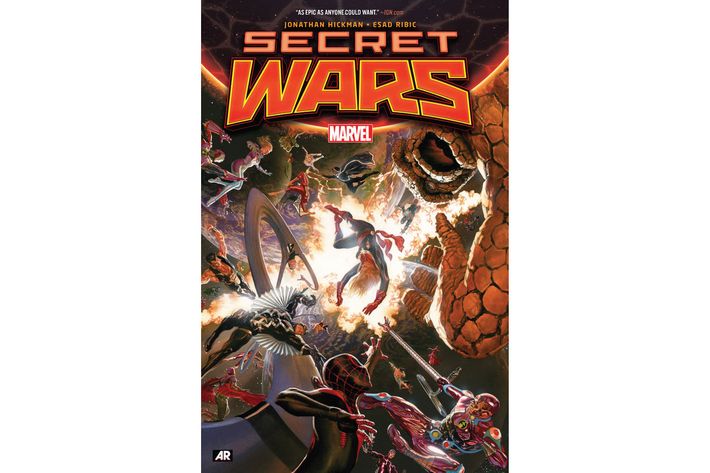
Secret Wars, by Jonathan Hickman, Esad Ribic, and Ive Svorcina (Marvel)
It’s possible that superhero comics’ greatest legacy to storytelling is Stan Lee’s concept of the shared universe: the notion that you can weave together disparate tales in order to create a narrative tapestry that spans decades and transcends the visions of any one creator. Secret Wars is perhaps the most ambitious and beautiful shared-universe story ever told. After years of buildup in stories about the Fantastic Four and the Avengers, Jonathan Hickman crafted an orgiastic story about the end of the world and the formation of a new one in which pieces of alternate universes and possible futures crash into one another in ecstatic chaos. Here, every Marvel story ever told and every Marvel character ever created is tossed into a blender and the result is an epic the likes of which superhero comics has never seen. Esad Ribic and Ive Svorcina feel like the only people who could bring Hickman’s story of mass death and cosmic rebirth to life, giving us landscapes, structures, and battles that boggle the eye. You probably need a decent working knowledge of Marvel history to get what’s going on, but full comprehension isn’t really the object here. Awe is.

Someone Please Have Sex With Me, by Gina Wynbrandt (2dcloud)
There’s a scene about a third of the way through Someone Please Have Sex With Me where creator/protagonist Gina Wynbrandt gets a makeover from her fairy godmother, who happens to be Kim Kardashian. “I look like a really expensive prostitute … Thank you, fairy godmother!” she shouts, almost crying with joy. “You already were an expensive prostitute … in here,” Kim says, pointing to her heart. That kind of bawdy, celebrity-obsessed, unconventionally feminine humor is Wynbrandt’s specialty, and it fills this compilation of her terrific mini-comics. The book is packed with horny daydreams wherein she goes on dream dates with Justin Bieber, kicks ass as an oversexed bounty hunter, or bears the lovechild of an anthropomorphic cat. All the while, she draws her plus-sized body and voluptuous hair with candidness and awkward beauty. This is one of the funniest pieces of comics art to be produced in the past few years and it’ll be fascinating to see where the young Wynbrandt goes next.

